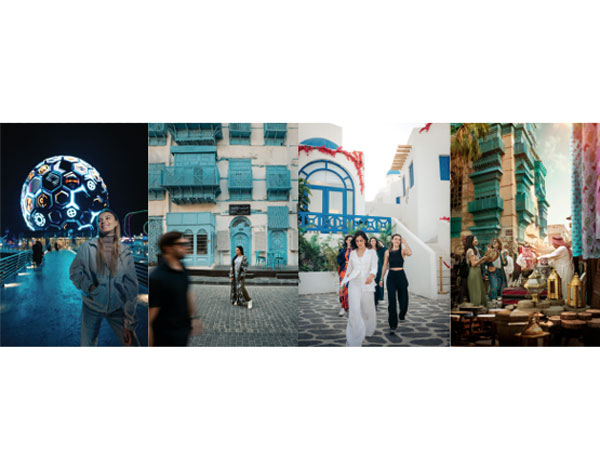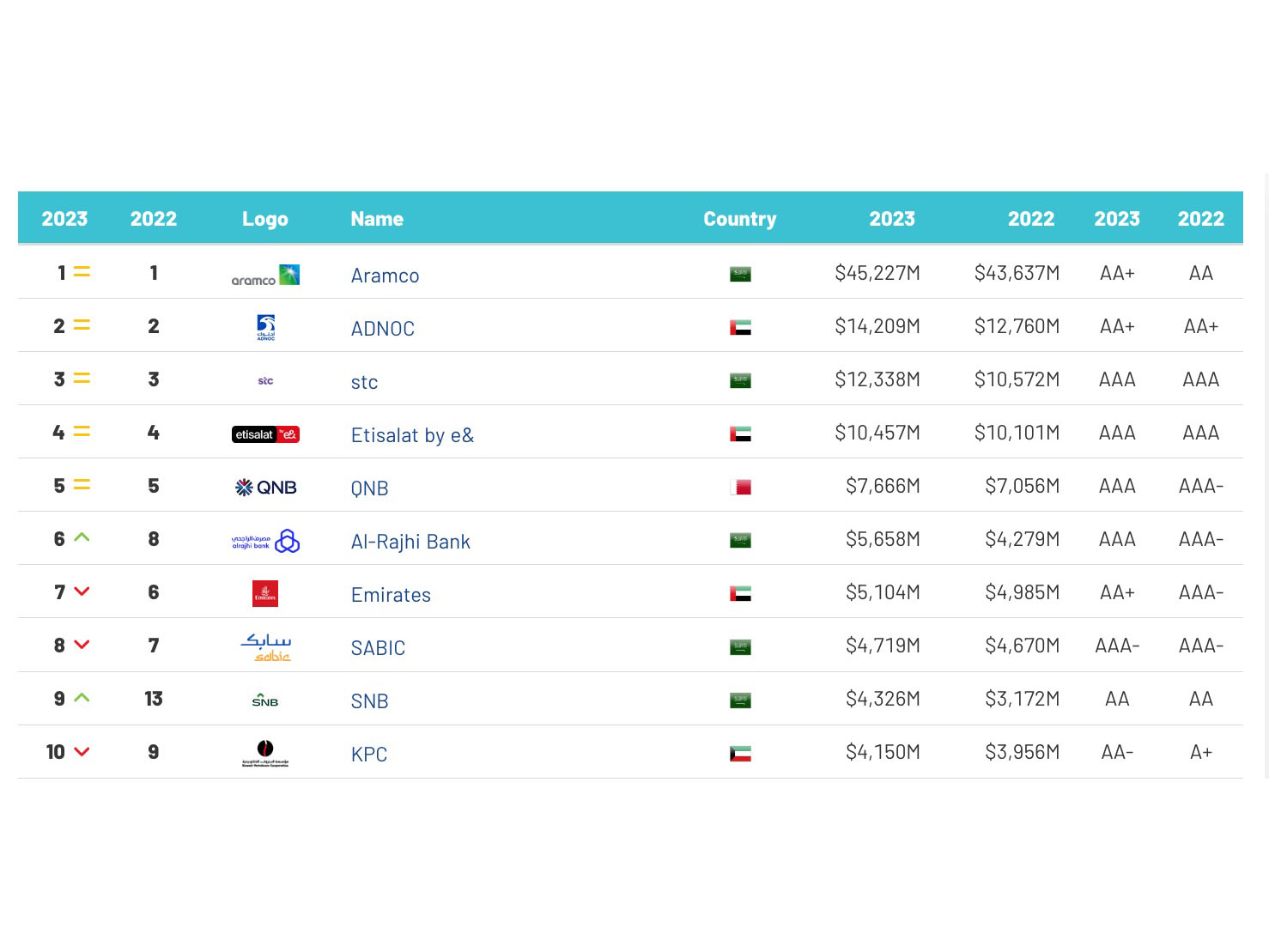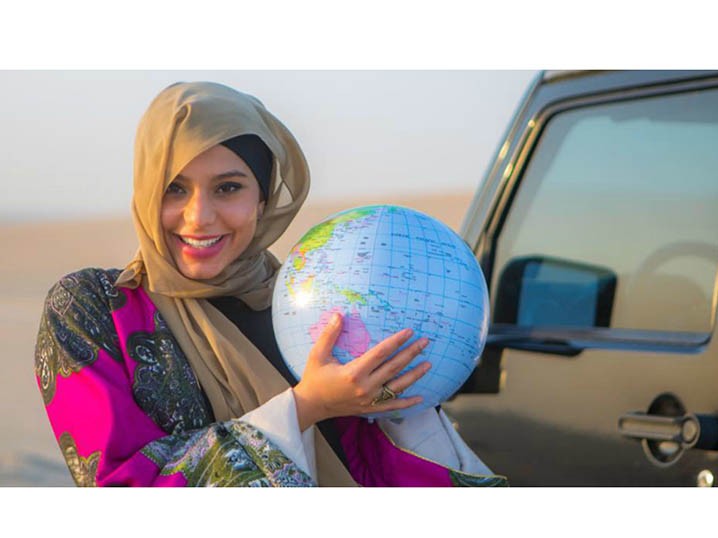Industry Talk
Re-thinking Destinations: The Uniqueness of Saudi Arabia
by Sara Faisal, Imagination ME
July 30, 2024
.jpg) Advertisement
AdvertisementSince the inception of Vision 2030, Saudi Arabia has aimed to diversify its economy and reduce its dependence on oil by focusing on various sectors, particularly tourism. With the goal of having tourism contribute 25% of the GDP by 2030, Saudi Arabia has strategically focused on establishing new, futuristic destinations like NEOM and developing tier-two cities, which attract significant domestic tourism.
The first approach involves initiating projects that symbolise modernity, future-oriented development, and globalisation. These projects aim to create state-of-the-art destinations that attract international tourists and investors, such as The LINE in NEOM, a futuristic city incorporating cutting-edge technology and sustainable living, and the Red Sea Development, focusing on luxury tourism while preserving natural beauty.
While destinations like NEOM and AlUla have put Saudi on the international map, the Kingdom has also been rapidly boosting tourism in tier-two cities, which embody Saudi cultural heritage and history. These cities are surprisingly attracting many local tourists.
Tier-two cities like Ha’il, Jizan, AlBaha and many more offer authenticity, cultural comfort zones, a slower-paced environment, and a strong sense of community. These cities are crucial in preserving and promoting Saudi Arabian hospitality and generosity values. By enhancing local infrastructure, they provide unique and genuine experiences that resonate with both domestic and international tourists seeking cultural immersion.
Developing international-standard infrastructure in tier-two cities presents unique challenges, particularly regarding language barriers and cultural differences. International tourists may initially find these cities less attractive due to unfamiliarity with local customs and languages. However, this can be transformed into an advantage by enhancing their appeal and positioning these regions as exotic, never-seen-before destinations. This approach will enhance the interest of international tourists and encourage locals to explore and discover their own country. Many tier-two cities emphasise the importance of experiencing authentic culture away from the big cities, showcasing the heritage, traditions, and dialects unique to each region.
Pushing to Success: Developing international-standard destinations comes with its challenges. While tier-one cities like Riyadh, Jeddah, and Dammam are already well-established with the required infrastructure and Saudi Arabia planning to host Expo 2030 and World Cup in the main cities, tier-two cities, considered the hidden gems of Saudi, are yet to establish their feasibility regionally and globally. Hospitality and pride in language are main values in Saudi Arabia, making it essential for tier-two cities to prepare staff capable of overcoming language barriers and welcoming international tourists.
The Saudi government has recently focused on establishing these destinations and positioning them as "Saudi Authentic and Culturally Attractive," evident in the Aseer region launch and other small, culturally rich areas with natural beauty and cooler temperatures.
By developing these cities, Saudi Arabia aims to boost tourism, educate, create, and motivate. The country focuses on enhancing locals' skills in tourism and hospitality, creating job opportunities, and offering incentives and free courses to motivate locals to join the tourism industry.
A new law approved by Minister of Tourism Ahmed Al-Khateeb allows Saudi residents to rent out rooms to tourists, with a maximum of three rental permits per property. This law aims to harmonize the tourism sector with the ongoing renaissance in Saudi Arabia and foster collaboration with the private sector, generating employment prospects.
The infrastructure for built-in accommodation or optimizing existing authentic/local places to stay has been improved by platforms like "Gathern," the Saudi equivalent of Airbnb. Gathern increased its market share from 30% to 63% within ten months due to its understanding of cultural and language aspects in tier-two cities, preparing local facilities to welcome international and domestic visitors.
Activities: The Public Investment Fund (PIF) has made significant investments in the entertainment and sports industries, with holdings in companies like Activision Blizzard and Live Nation.
The General Entertainment Authority plans to invest $64 billion by 2028. The tourism sector aims to attract more than 100 million visitors per year by 2030 through initiatives like e-visas and new resorts, with significant investments in religious tourism, resort destinations, cultural heritage sites, and major venues like Qiddiya and King Salman Park. The gaming industry is also projected to grow substantially.
Saudi Arabia's progress towards economic diversification and global tourism prominence, as outlined in Vision 2030, highlights the Kingdom's dedication to embracing modernity while preserving cultural authenticity.
Through forward-thinking endeavours like NEOM and the Red Sea Development, alongside showcasing its cultural legacy in lesser-known cities, Saudi Arabia is shaping a diverse and captivating tourism environment. The government's efforts, including language proficiency programs, tourism-friendly laws, and significant investments in entertainment and infrastructure, showcase a thoughtful approach to fostering a warm and inclusive tourism atmosphere. As Saudi Arabia continues to invest in its human capital and infrastructure, it enhances its appeal to international tourists while fostering local pride and creating unprecedented job opportunities



.jpg)







